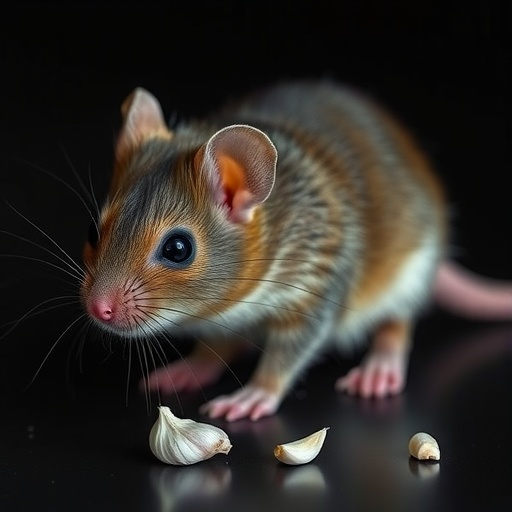This article by Dr. Jose Luis Guerrero Orriach et al. is published in Current Medicinal Chemistry, 2018
Many studies have shown that the mechanism of drug-induced myocardial conditioning is enzyme-mediated through messenger RNA and miRNA regulation. In this study Orriach et al. investigated the role that miRNAs play in the cardio-protective effect of halogenated anesthetics, which are widely used in cardiac surgery. The study includes a literature review of the expression profile of miRNAs in ischemic conditions and in the complications which were prevented by these phenomena.
To identify miRNAs involved in anesthetic-induced myocardial conditioning, a review was conducted of more than 100 studies. The expression is modulated by the perioperative administration of halogenated anesthetics. This is the first study of its kind.
For future research in the field of cardiology, the potential of miRNAs as biomarkers and miRNAs-based therapies involving the synthesis, inhibition or stimulation of miRNAs stand out as a promising avenue. The cardio-protective effects of myocardial conditioning are related to the expression of several miRNAs. New therapeutic and diagnostic opportunities come across as cumulative evidence of miRNAs playing a role in heart disease and myocardial conditioning is revealed. While further research is needed in this direction, these studies provide new grounds for the development of new hypnotic/anesthetic agents for cardiac surgery patients.
###
The article can be obtained from the following link: http://www.
Media Contact
Faizan ul Haq
[email protected]
http://dx.




